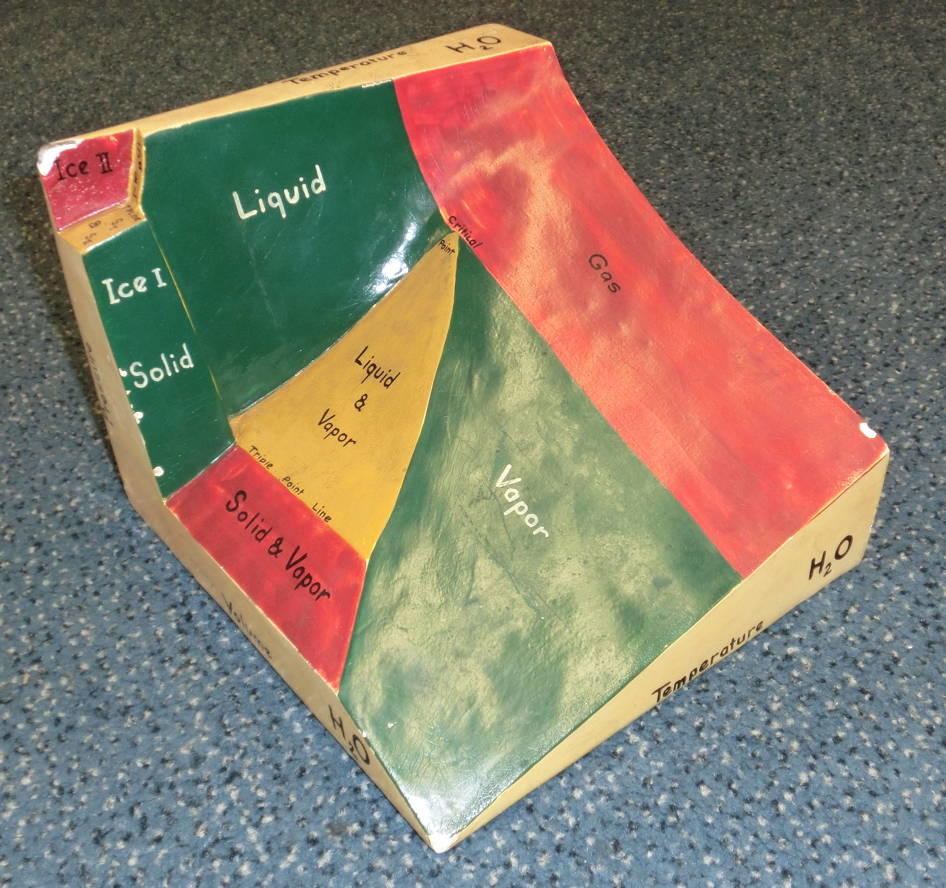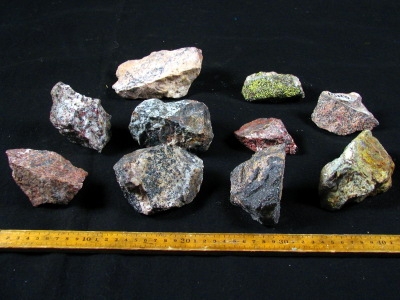A 5-gallon bottle containing air and water vapor is slightly pressurized; a sudden release of the pressure cools the vapor, forming a cloud.
The bottle is a heavy Pyrex carboy with tooled mouth. A one-holed rubber stopper fits the mouth and is air-tight. A meter of Tygon tubing is fitted to a short tube in the rubber stopper.
The bottle is kept stopped and wet, and should work off the shelf. If the bottle is dry, spray about 10 ml of distillled water inside.
To demonstrate cloud formation, fit the stopper to the bottle and apply pressure with the lungs. Blow into the...
Read more about Cloud in a Bottle
